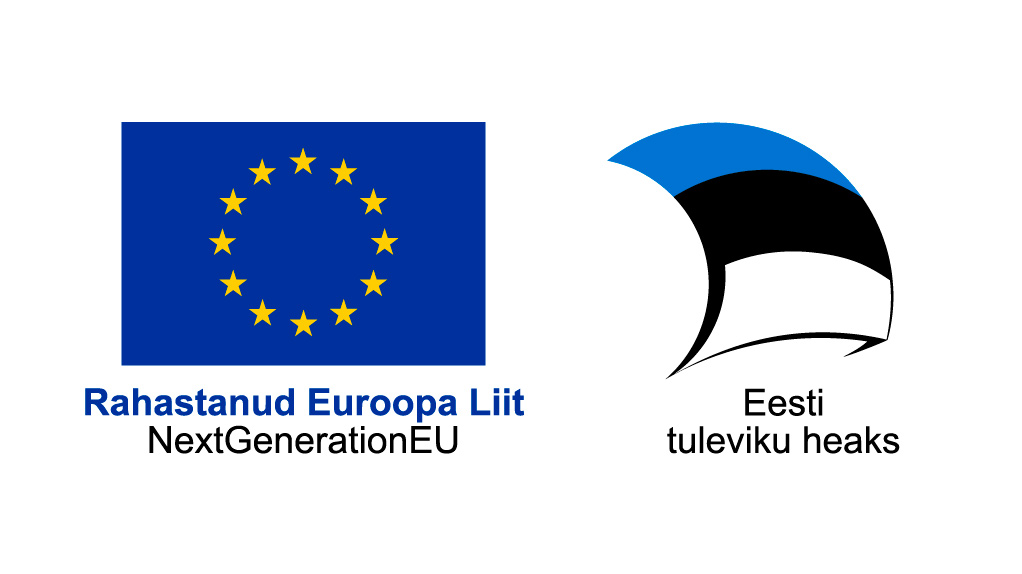GNSS reference station plots

Narva-Jõesuu reference station
- Green - everything is fine
- Yellow - weak signal interference
- Red - signal interference
- Black - no information
- Station with Meteo data

Skyplot
The satellite skyplot shows in which direction and how high in the sky the GNSS satellites are located. The graph is created based on the 24-hour data of the specified day. From the date panel, you can select and view charts for the last 30 days.
| June | July | |||||||||||||||||||||||||||||
|---|---|---|---|---|---|---|---|---|---|---|---|---|---|---|---|---|---|---|---|---|---|---|---|---|---|---|---|---|---|---|
| 3 | 4 | 5 | 6 | 7 | 8 | 9 | 10 | 11 | 12 | 13 | 14 | 15 | 16 | 17 | 18 | 19 | 20 | 21 | 22 | 23 | 24 | 25 | 26 | 27 | 28 | 29 | 30 | 1 | 2 | 3 |
Signal quality graphs
There are a total of twelve signal quality graphs. Below the selected graphs is an explanation of what the given graph shows. All charts are interactive and the information on the charts is in local time.
Real-time graphs
Real-time graphs display data from the last hour and are updated every minute.
The number of satellites indicates how many satellites are visible to the reference station.
Signal-to-Noise Ratio (SNR) indicates the quality of the signal received from the satellite to the reference station. A value between 38-54 dB is considered good. Otherwise, it may indicate signal interference.
Data from last 30 days
You can select a chart type from the drop-down menu or display all charts at once. All charts contain 30 days of data and are updated once an hour.
Graph last updated 04.07.2025 04:40:09
The number of satellites indicates how many satellites are visible to the reference station within one hour.
Graph last updated 04.07.2025 04:40:09
Signal-to-Noise Ratio (SNR) indicates the quality of the signal received from the satellite to the reference station. A value between 38-54 dB is considered good. Otherwise, it may indicate signal interference.
Graph last updated 04.07.2025 04:40:08
The Position Dilution of Precision (PDOP) provides an estimation of the accuracy of three-dimensional positioning relative to the observation point (reference station). It combines the values of HDOP (Horizontal Dilution of Precision), which assesses horizontal accuracy, and VDOP (Vertical Dilution of Precision), which assesses vertical accuracy. Satellite geometry is considered good when the PDOP value is below 5.
Graph last updated 04.07.2025 04:40:08
The Geometric Dilution of Precision (GDOP) indicates an estimation where all DOP values (PDOP, Time Dilution of Precision (TDOP) arising from clock errors, and User Equivalent Range Error (UERE) due to pseudorange errors) are combined.
Graph last updated 04.07.2025 04:40:08
The number of cycle slips indicates how many times the satellite signal has been interrupted with the reference station within one hour. The interruption may be caused by obstacles between the reference station and the satellite (such as trees, buildings, etc.), rapid changes in ionospheric conditions, reflected signals, high levels of signal-to-noise ratio, or a low satellite elevation angle relative to the horizon (the satellite "rising" or "setting").
Graph last updated 04.07.2025 04:40:08
Recorded vs expected observations (ratio) indicates the percentage of resolving the initial unknowns, which ideally should range between 95-100%. This statistical estimate can be used to verify the solution of the vector network.
Graph last updated 04.07.2025 04:40:08
The interference by multipath refers to the type of signal’s path extension in centimeters caused by reflected signals. Reflected signals do not come directly to the reference station from the satelliite, but takes a more complex path, either through single or multiple reflections from different surfaces. The main sources of error stem from low-elevation satellites and reflecting surfaces.
Graph last updated 04.07.2025 04:40:08
The interference by multipath refers to the type of signal’s path extension in centimeters caused by reflected signals. Reflected signals do not come directly to the reference station from the satelliite, but takes a more complex path, either through single or multiple reflections from different surfaces. The main sources of error stem from low-elevation satellites and reflecting surfaces.
Graph last updated 04.07.2025 04:40:08
The interference by multipath refers to the type of signal’s path extension in centimeters caused by reflected signals. Reflected signals do not come directly to the reference station from the satelliite, but takes a more complex path, either through single or multiple reflections from different surfaces. The main sources of error stem from low-elevation satellites and reflecting surfaces.
Graph last updated 04.07.2025 04:40:08
The interference by multipath refers to the type of signal’s path extension in centimeters caused by reflected signals. Reflected signals do not come directly to the reference station from the satelliite, but takes a more complex path, either through single or multiple reflections from different surfaces. The main sources of error stem from low-elevation satellites and reflecting surfaces.